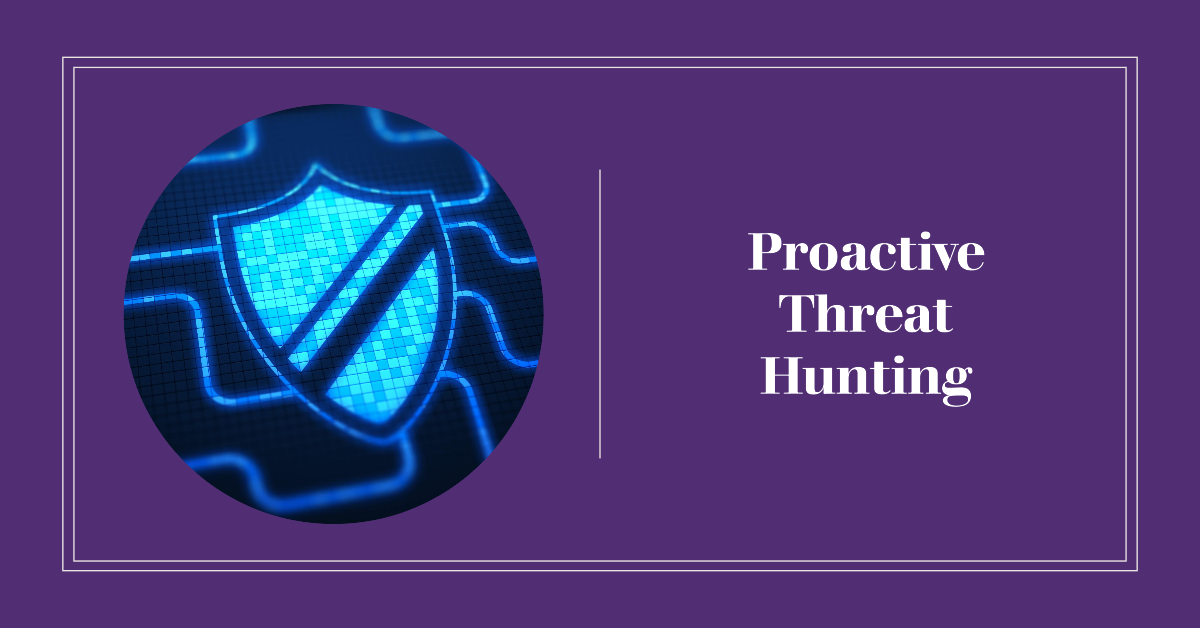Cyber threats are always looming over a network or cyberspace. Some organizations fall prey to them while others narrowly escape due to their security implications. Proactive threat hunting is the latest approach organizations implement to actively hunt for threats that can be used to attack their setups.
Once the authorities identify the threats, they not only develop strategies to contain the damages but also create alerts for threats as well as detailed incident responses. However, all of this is not easy. It might require efforts and hard work of months just to hunt a threat. Learning about its techniques and implementing them can boost the success rate of the overall process.
Scroll down into the details of this article to get your hands on proactive threat-hunting techniques you must employ in 2024 and boos your cybersecurity.
Top 5 Proactive Threat Hunting Techniques You Can Implement
Cybercriminals usually utilize the same threat and attack techniques to infiltrate the network systems, yet organizations fail to hinder that. It is because they often believe their network security is free of vulnerabilities or particular threats are not targeted at them. Implementing proactive threat-hunting techniques can save your network along with saving you from potential biases.
Here are the tried and tested techniques you can implement for proactive threat hunting and securing the intended results.
Behavior Analytics
Behavioral analytics are the first and foremost proactive threat hunting you can explore and implement. As the name highlights, behavioral analytics are more focused on changes in behavior leading to particular threats. It can be at the end of the cybercriminals and even the internal employees preparing to cause an insider attack.
There can be sudden surges in traffic, access to internal systems beyond working hours, and other instances. Keeping a close watch on behavioral patterns can help detect a threat and prevent it. However, it requires professional expertise. Most authorities refer to managed detection and response service providers to detect and deter threats to boost their network security.
Statistical Analytics
Statistical analysis is the next proactive threat-hunting technique you can implement to boost your overall cybersecurity. Such a technique focuses more on the analysis of algorithms and mathematical models. It analyzes large data set models using statistical techniques to identify anomalies and deviances in the patterns.
Even the most trivial deviations can hint at possible malicious activity which may emerge as a significant threat later on. However, implementing such an elaborate and analysis-driven threat technique requires the involvement of an extensive and experienced team. If you do not have an internal team, do not hesitate to onboard professionals.
SIEM Systems
SIEM (Security Information and Event Management) systems are the next proactive threat-hunting technique you can implement in your setup. Such a technique collects data from the internal servers, firewalls, systems, devices, and applications.
It generates threat alerts, dashboards, and reports with proper strategies for detection, incident response, and related details. In short, it develops a personalized and customized threat detection plan for the setup which can be used to hunt and respond to threats effectively. It offers significant and timely support to deal with damages before they cause any threat.
Threat Intelligence
Threat intelligence is the next proactive threat-hunting technique that you can implement in 2024 and beyond. The Threat intelligence focuses on the recent and current cyber threats and trends in the global space. It helps them understand the motivation and tactics of the cybercriminals. Besides this, it also allows the authorities to explore how it can target and impact their setup.
All of this data can support the development of response strategies in case a threat is initiated against their setup and has any possibility of being successful. Threat intelligence requires deeper insights and expertise in the field of cybersecurity and extensive time investment. If you are not well-versed in it, it is better to onboard professional teams.
Security Monitoring
Security monitoring is the last technique to implement proactive threat hunting. There is no doubt that every network, setup, and its subsystems are at risk of cybersecurity. The small or large scale does not matter for cybercriminals as they can sell out the data to third parties and get their commission.
Taking a proactive approach is the best strategy to identify and manage the risk in advance instead of dealing with consequences. Implementing security monitoring at all times can help catch the patterns and ruin the plans of cyber criminals. It is often easier said than done and requires professional cybersecurity expertise. You can hire experts from managed detection and response services and let them monitor and protect your setup against all types of threats.
Do you want to implement proactive threat hunting in your setup?
You must have access to the right tools, resources, data sets, and professional expertise to carry out proactive threat hunting. If you lack in any area, it is better to trust the professionals and ensure your setup has perfect cybersecurity measures.
